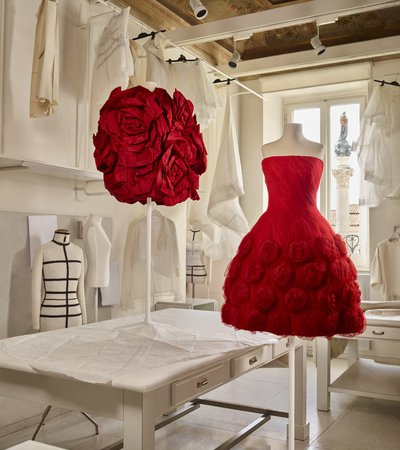Haute couture literally translates as ‘high sewing’ or needlework. But its meaning is much more than that. It is a direct link between our present and the past, a time machine of sorts that allows techniques, methods and traditions from past eras to breathe, to stay relevant as means of creation. Haute couture represents the roots of fashion — it is a connection between our own wardrobes and those of Marie Antoinette in the 18th century. Indeed, we can trace its roots back a century further, to Louis XIV and his codification of Parisian guilds to create clothes for the courtiers of Versailles in the 17th century. Put haute couture on your back, and it’s like you’re wearing history.
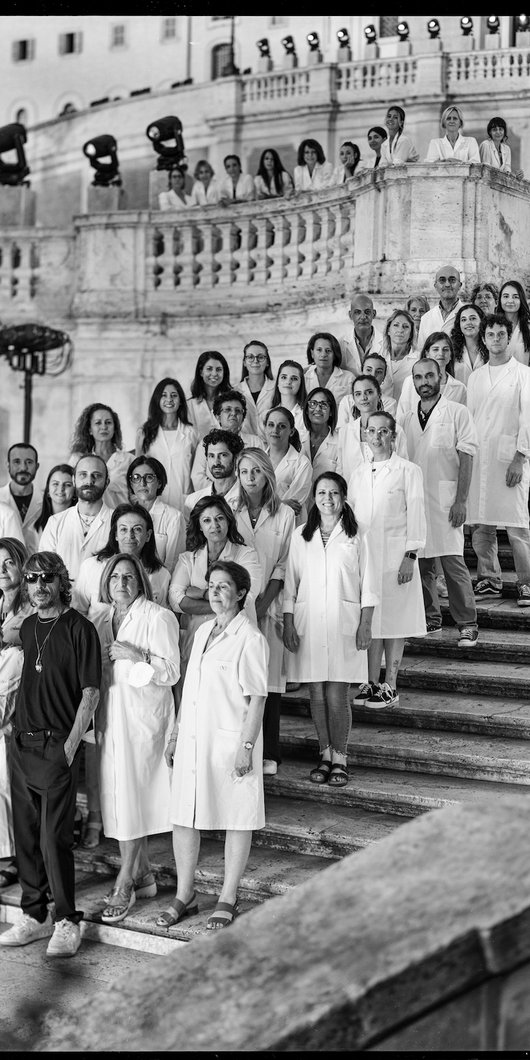
Haute Humanity: Behind the Scenes of Couture
31 January 2023
By Alexander Fury
Alexander Fury, co-curator of the exhibition Forever Valentino, traces the very human story of haute couture, whose methods stretch back hundreds of years.
“ Haute couture’s true meaning is found in its intimacy and individuality, created by people for people. Haute couture is in the hand. ”Alexander Fury
All well and good, and very grand. But what actually is haute couture? It’s a term that denotes a specific subset of highly luxurious clothes, made primarily by hand, and entirely to order. These are fundamental qualities — many see it as a synonym for extravagance and extremity, dresses made of thousands of feathers or necessitating hundreds of yards of fabric. That is not the case. Haute couture’s true meaning is found in its intimacy and individuality, created by people for people. Haute couture is in the hand.
Those hands are found in the ateliers, the dream factories of haute couture. Within those confines, generations of craftspeople commune and communicate to create exceptional clothing. Every haute couture house has these spaces and these people, divided, usually, into two different areas of expertise.
Originating with Louis XIV, haute couture was formalized in the Paris of the mid-nineteenth century, so French appellations cling to its processes: in couture, there are ateliers devoted to tailleur (tailoring) and to flou, an expressive French word which, in couture, means anything that isn’t constructed using tailoring techniques, whether that be a fragile blouse or a spreading ball gown. Alongside these core creatives are an expansive selection of specialist craftspeople — fabric manufacturers, embroidery and feather-working technicians, workshops who create fabric flowers or specialize in pleating. They are the ecosystem that feed haute couture, giving it its oxygen. Laborious, expensive and unique, their methods of creation stretch back hundreds of years — just as they feed haute couture, they are only kept alive through its needs.
Couture is a story of intimacy, of humanity. In every stage of its creation, hands mold the clothing into being. The start is an idea, a designer’s sketch on paper, then translated into a toile, a three-dimensional shape in calico or muslin that allows the couturier and seamstresses to refine a silhouette before the final fabric is cut. At this point, the dressmaking techniques are defined that will give the dress form — a number have been invented for and by the ateliers of Valentino, including ones called Pagine, where layers of organza are stacked to create a ‘page’ effect, and Budellini, a technique of sewing rolled double charmeuse silk around a looped length of wool to create a tubular effect.
“ Couture is a story of intimacy, of humanity. In every stage of its creation, hands mold the clothing into being. ”Alexander Fury
In Forever Valentino, we have re-created two of Valentino’s ateliers from the Palazzo Gabrielli-Mignanelli. As in life, they are entirely white, which is not just an aesthetic choice but serves a purpose. “Even the floor is white, because when the pins drop you have to see them,” says Pierpaolo Piccioli.
These resurrected and transported ateliers are devoted to examples of that aforementioned craft, illustrating the life of the clothes within Valentino’s walls from conception to completion, and then a second dedicated to the client — including such notable figures as Her Highness Marie-Chantal of Greece, Her Serene Highness Princess Grace of Monaco and Her Highness Sheikha Moza bint Nasser. These mark a different humanity of couture, when the atelier and client begin an essential exchange to transform each piece from a couturier’s dream to a reality in the wardrobes of exceptional women worldwide.
Alexander Fury is a fashion critic and author.
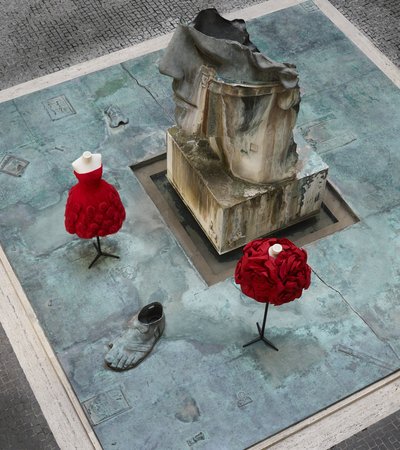
Story
All Roads Lead to Doha: Cities as Creative Inspiration
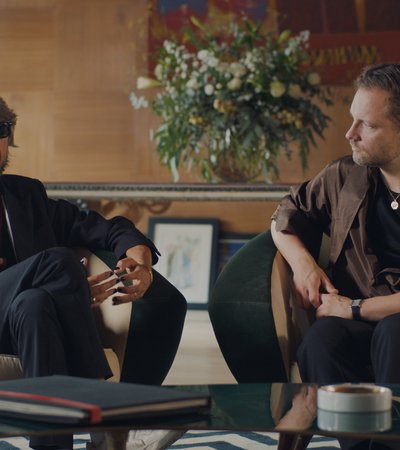
Story
From Rome to Doha: Forever Valentino at Qatar Museums
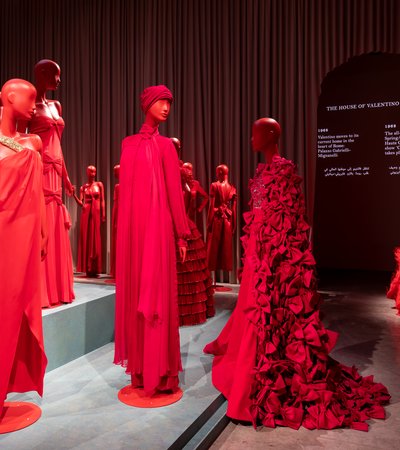
IN-Q
Explore the Gift Shop
